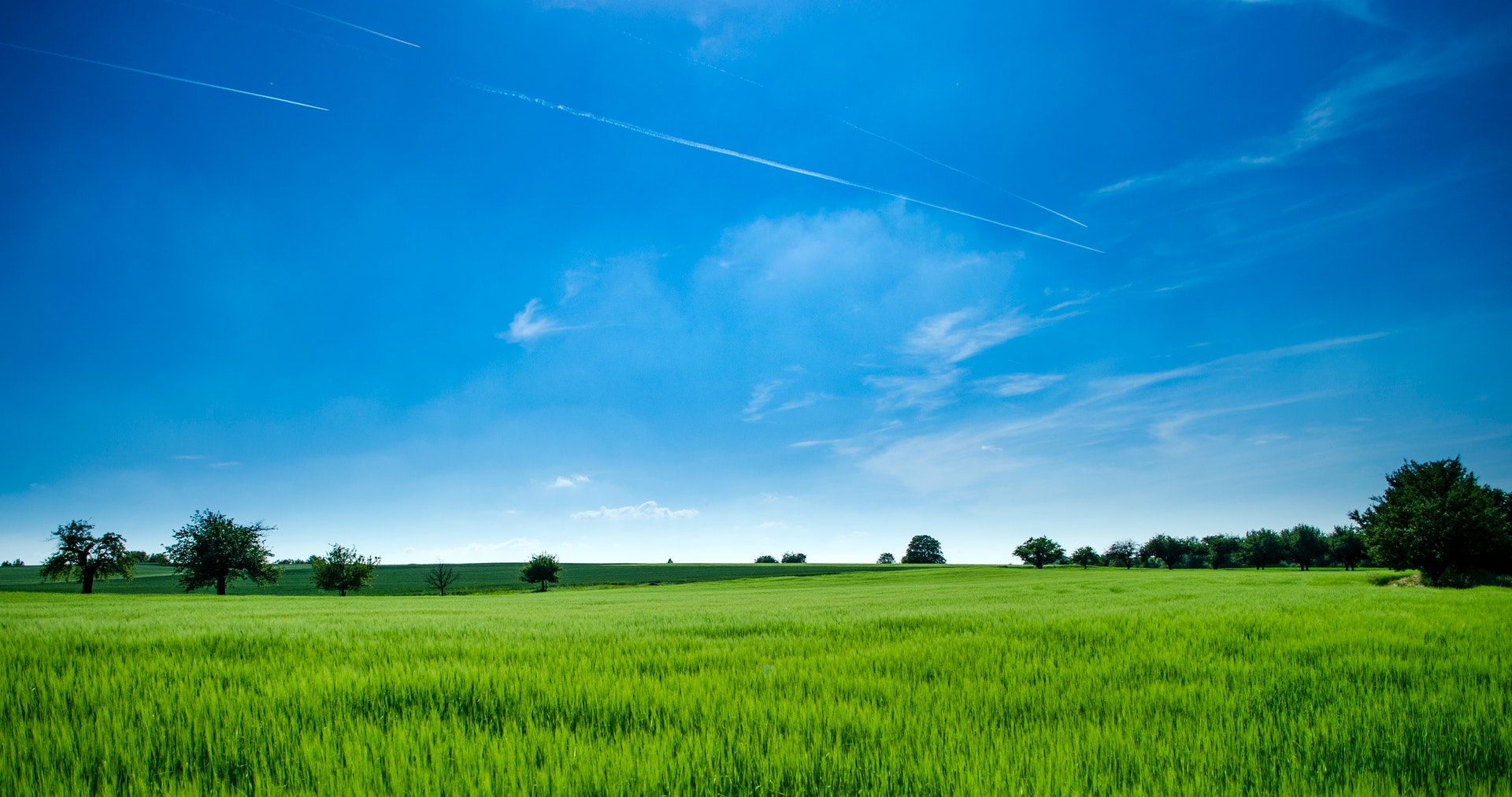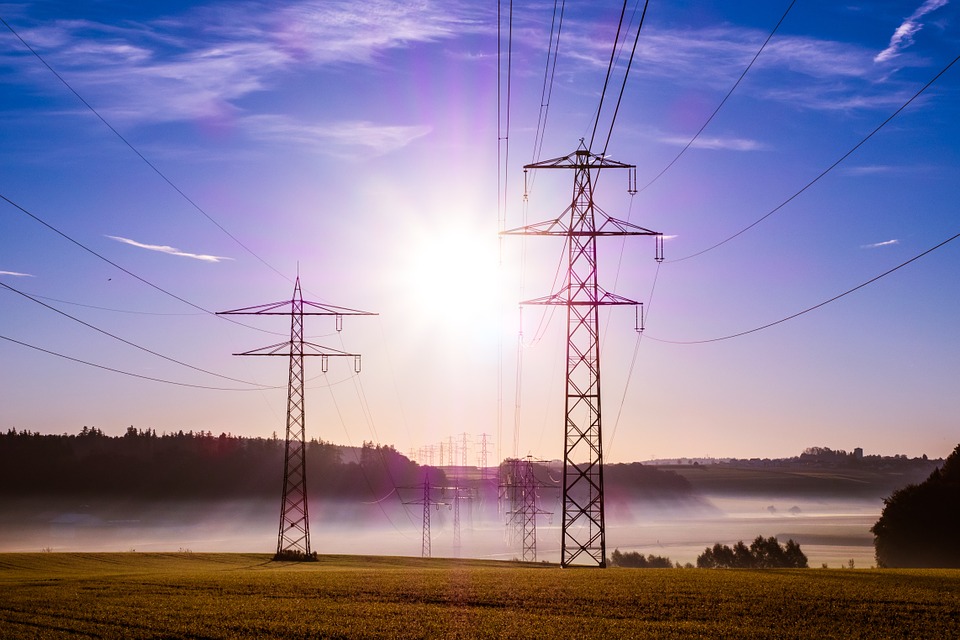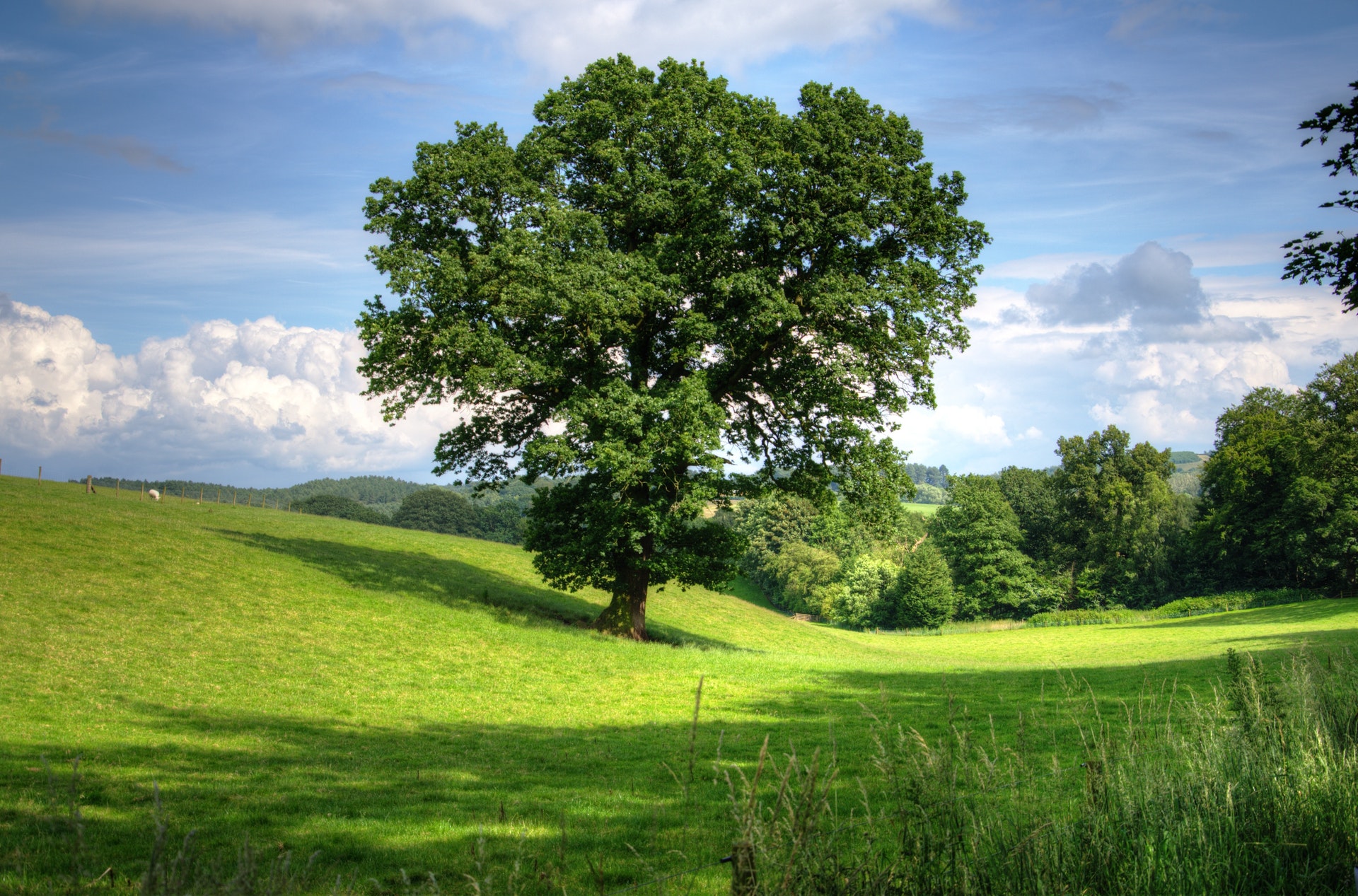Landlord Blog
Education and news for smart DIY landlords!
What to Consider Before Buying Land to Build a House

In most of the articles here at LandlordPrep, we often discuss tips on buying a ready made house. However, little is talked about building a home on a vacant lot. This can leave out those who plan on starting from scratch.
The truth is, there are many advantages to building a home. A few examples are that you can own an abode that specifically reflects your tastes and it’s usually cheaper to do so than buy an already-made house.
But like buying a built home, there are still things you should consider before purchasing a lot. It’s to ensure that oned day you won’t disappear into the void because you’ve built your house on a sinkhole or wetland. Without further ado, let’s get straight to the points.
1. Hiring a land planner
A land planner is like a home inspector for whether the plot has the right conditions to build a house on. They will make surveys and review the history of the area whether it’s on top of a fault line, marshland, slope, and other factors that could endanger the lives of future residents.
If the land planner says it’s not good to build on a lot you’ve taken interest in, then you should find another plot.
2. Preparing your financing

Although building a house on vacant land is usually cheaper, getting a loan to purchase a plot is much more challenging. Lenders will require a higher down payment (20-50%), a higher credit score, and would charge a higher interest rate.
3. The surrounding amenities
Like buying a built home, you also need to consider the plot’s closeness to schools, malls, groceries, law enforcement agencies, parks, and your place of work to save on daily expenses. You can forget about these if you earn cash like Bruce Wayne who lives in a manor that’s near Gotham’s city limits.
4. The prices of neighboring houses
Most people who build a house from scratch make the decision because they want to live in a lavish abode that’s located in an affordable area. And sometimes this causes problems in local real estate markets, especially if the planned home will cost more than the neighbors’.
During your plot hunting phase, see to it that your dream home’s construction costs are close to that of the surrounding homes. Because if you don’t your building permit and construction loan will never be approved.
5. Access to utilities

Similar to considering amenities, you should also see that the lot you’re eyeing has legal access to gas, water, electricity, internet, and sanitation services.
6. Zoning restrictions
Ask the local land authorities if the plot you’ve taken interest in doesn’t have any restrictions regarding the construction of a residential property. Because a plot can have it all from soil safety to the full access of utilities but building a house on it is illegal.
7. Avoid low-lying lands
Low-lying land is usually safe to build a house on. But the problem would be when a downpour happens. Even heavy rain can cause flash floods in a low-lying plot. You don’t want to buy that kind of property.
8. The trees

There are trees protected by a Tree Preservation Order (TPO) and you can’t just cut them down to build a home. If your dream property has trees with a TPO, you will need to consult with a local planning authority first. They’ll review your proposed home design and reject it if building your house would cause deliberate damage to the said trees.
Building a home on vacant land is a more complex process than purchasing a built home. But the rewards can also outweigh the hassles. Because, in the end, you’ll live in a place you’ve always wanted and a house that suits your tastes.
Here are articles that will help your homeownership journey easier!
- The 7 Maintenance Skills New Homeowners Should Know
- 7 Low Maintenance Home Exterior Ideas To Save Time and Money
- Keep Your New Home Well-Maintained With This 10-Point Checklist
- 10 Essential Tools Every Homeowner Should Own for Maintenance and Repairs
- Get Your Home Ready For Extreme Weather and Natural Disasters With This 10-Point Checklist
